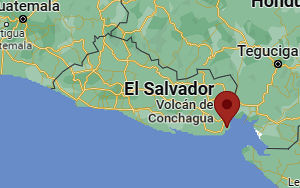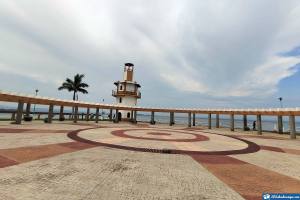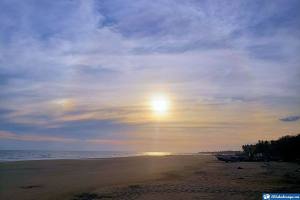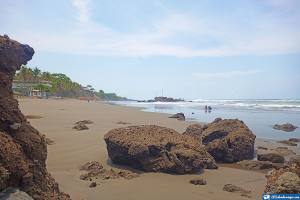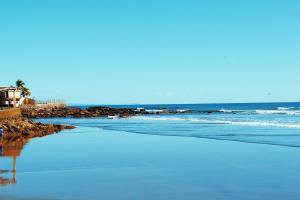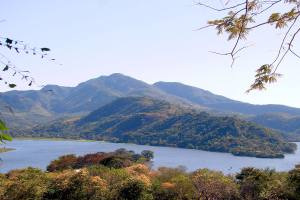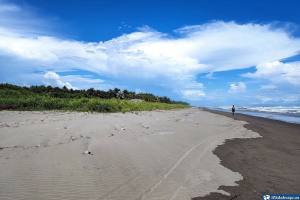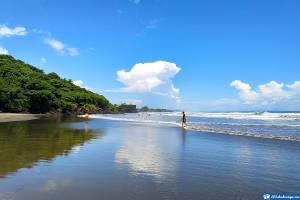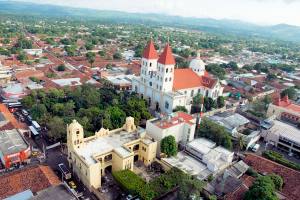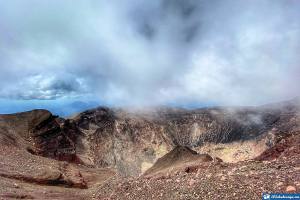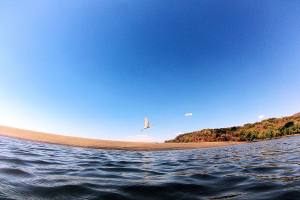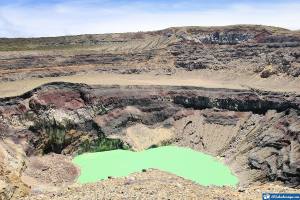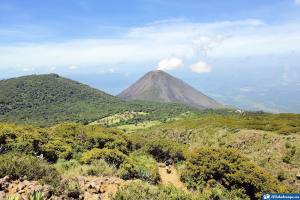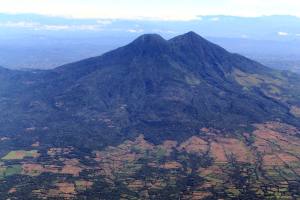The Conchagua volcano is a landmark in the entire region of the Gulf of Fonseca, mainly because it is two peaks more than 1000 meters above sea level. Tourists who visit El Salvador include in their itinerary an excursion to this sleeping giant, which is also called “The Guardian of the Gulf.”
This impressive natural monument of El Salvador is on the shores of this gulf, completely covered with vegetation, and from its top, you can get truly amazing views.
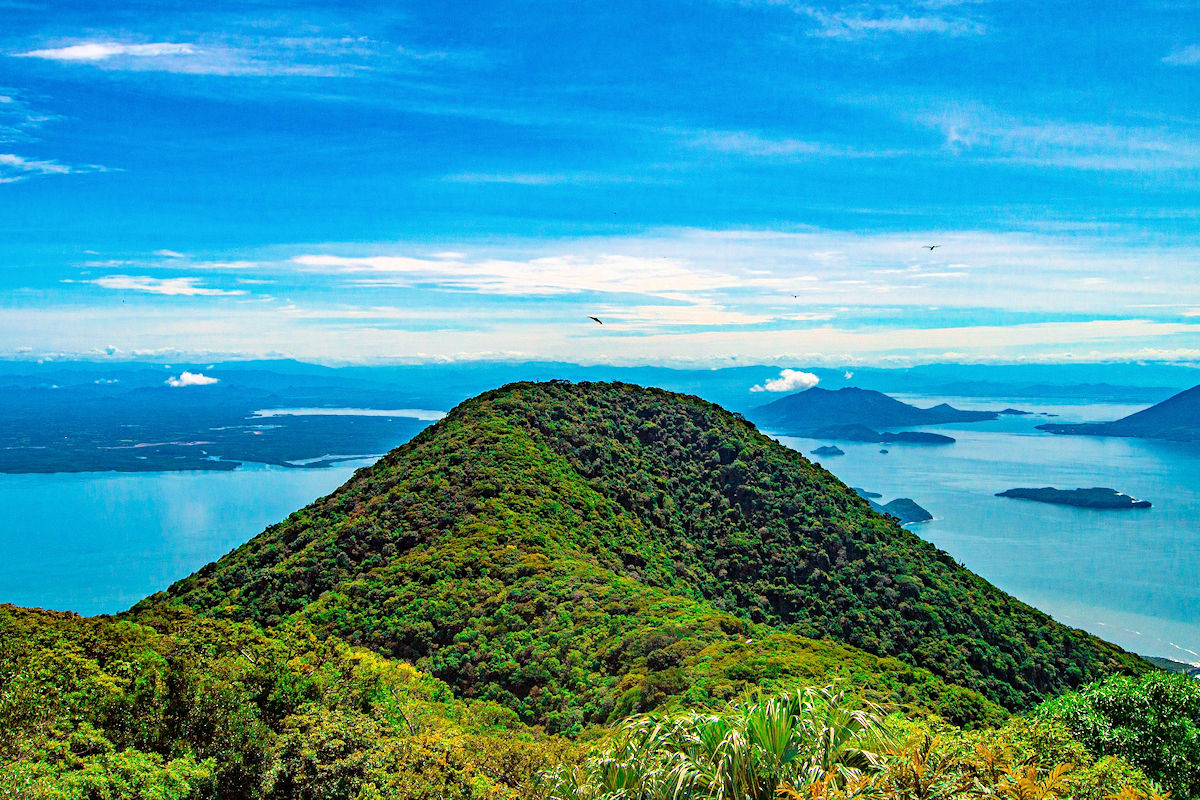
CONCHAGUA VOLCANO - Volcanoes of El Salvador. Photo by Esaú González. Unsplash.
To visit it is to live a whole experience in a fascinating place and enjoy its pleasant climate and the wonderful nature surrounding it.
Conchagua Volcano Data
| Country: | El Salvador |
|---|---|
| Department: | La Unión |
| Category: | Volcanoes |
| Municipality: | Conchagua |
| Elevation: | 1,225 m |
| Prominences: | Cerro Ocotal and Cerro Banderas |
Origin and history of the Conchagua Volcano
With a height of 1,242 meters above sea level, Conchagua’s Volcano rises to the west of one of the ends of the Gulf of Fonseca. From its summit, you can appreciate an extraordinary panoramic view that includes part of Nicaragua and Honduras, as well as all the small islands of the gulf and the coastal area of the municipality of Conchagua in the department of La Union, where it is.
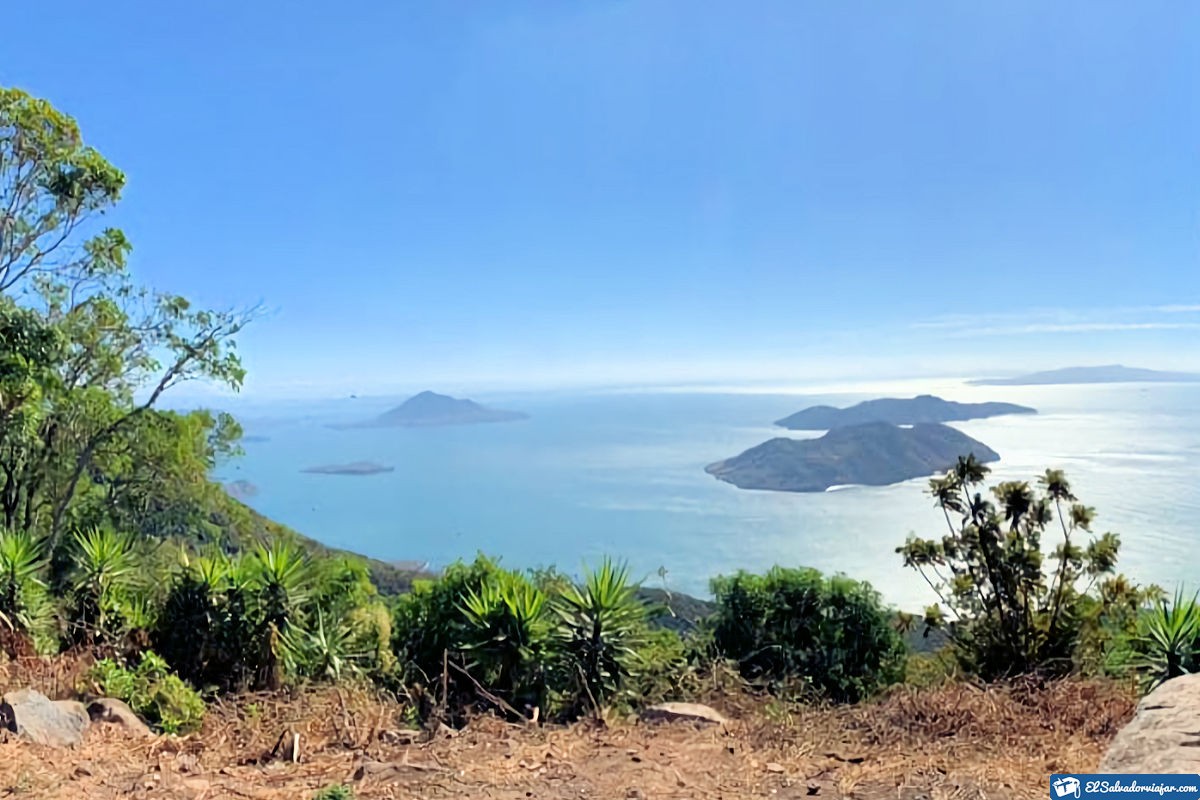
SIt is a volcanic complex, which according to the Salvadoran geologist Walter Hernandez is comprised of two cones. The Banderas, located in the east, and the Ocotal in the west, are the highest and oldest. Both receive the visit of tourists and locals who camp in their permitted spaces.

Although volcanology has advanced, no studies had confirmed how or when the Conchagua volcano was born. What is known is that it has not been active for hundreds of years, or at least that it has been registered.
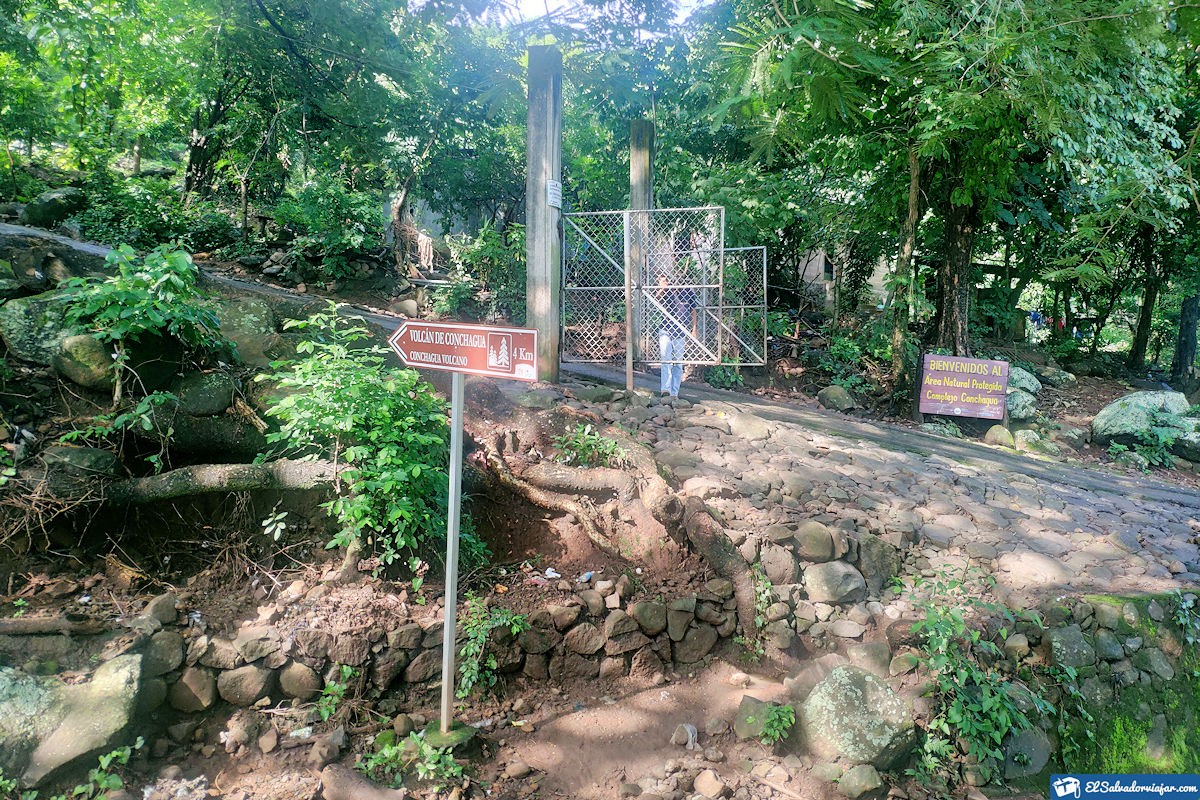
Experts classify it as a stratovolcano, a category for high-altitude volcanoes. It is also composed of several layers of lava hardened over the years.
Its name comes from the Lenca dialect, the tribe that inhabited the volcanic area of Conchagua in ancient times, and it means “narrow valley.” However, some experts claim that it is a variation of the name “Comizahual,” a heroine of the region, deformed over the years to the current pronunciation.
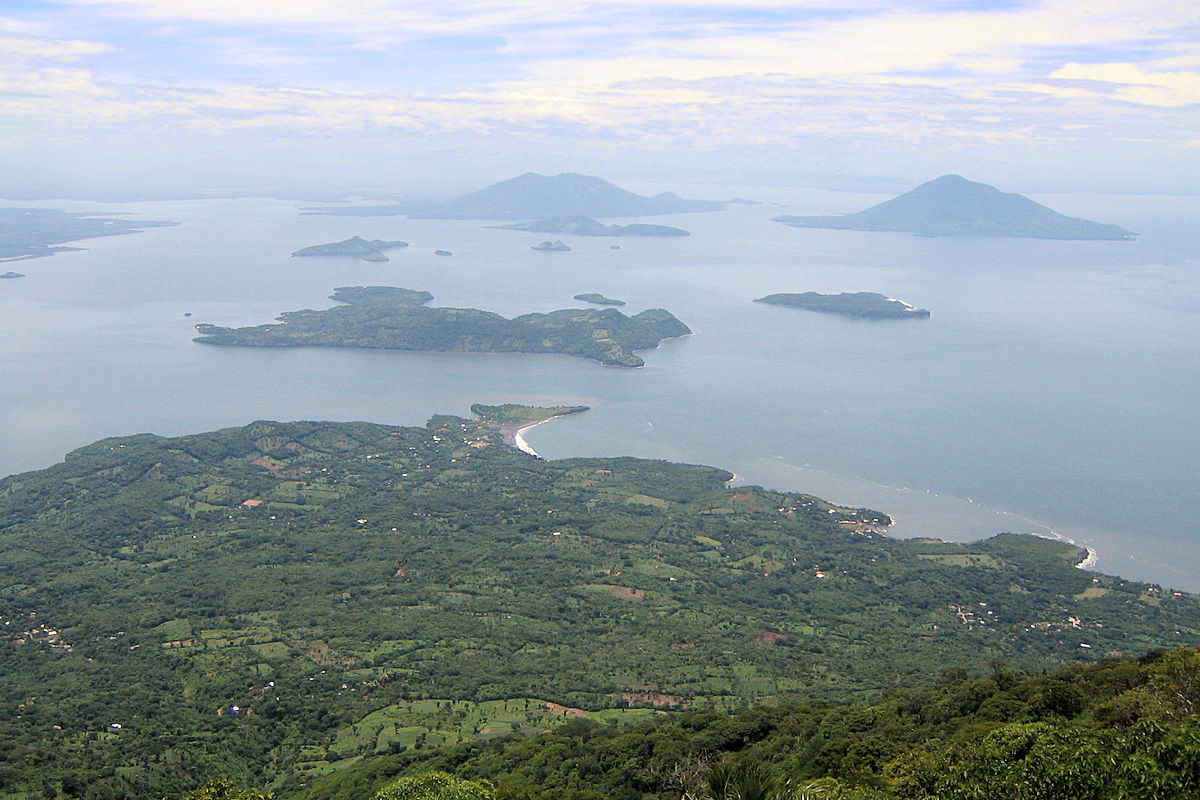
It is interesting that, despite the debate about the origin of its name, among the locals of Conchagua, it is called “hill” because, for them, it seems more like a geographical elevation in the coastal relief than it is a volcano.
Climate, Flora and Fauna in the Conchagua Volcano
In the Conchagua volcano and the immediate region, the climate is warm, with slight drops in barely cool temperatures. Temperatures range from 24° to 33° C, although temperatures of 21° C have been recorded.
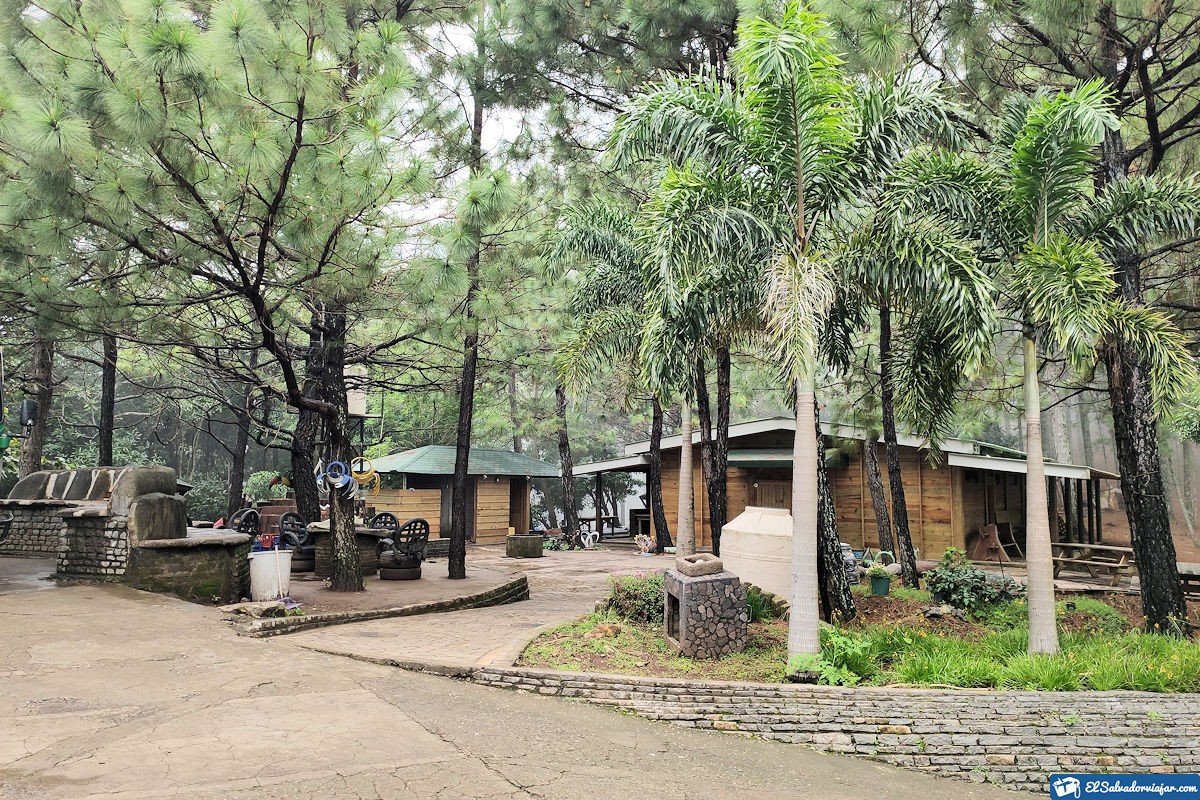
The hot season runs from the third week of February to the first days of May, with temperatures of up to 33° C, with April being the hottest month.
The incredible season begins in the second week of September and lasts until the first week of November, with an average temperature of 31°C. September is the coldest month of the year, with temperatures of up to 24°C. This has favored the flora in the foothills of the mountain range to flourish.
It also favored the abundance of flora on the slopes of the volcano. Including conifer and pine forests that have developed, of course, are protected by the park authorities, although you can walk through them. In addition, other trees and grasses typical of the tropics make some sections inaccessible.
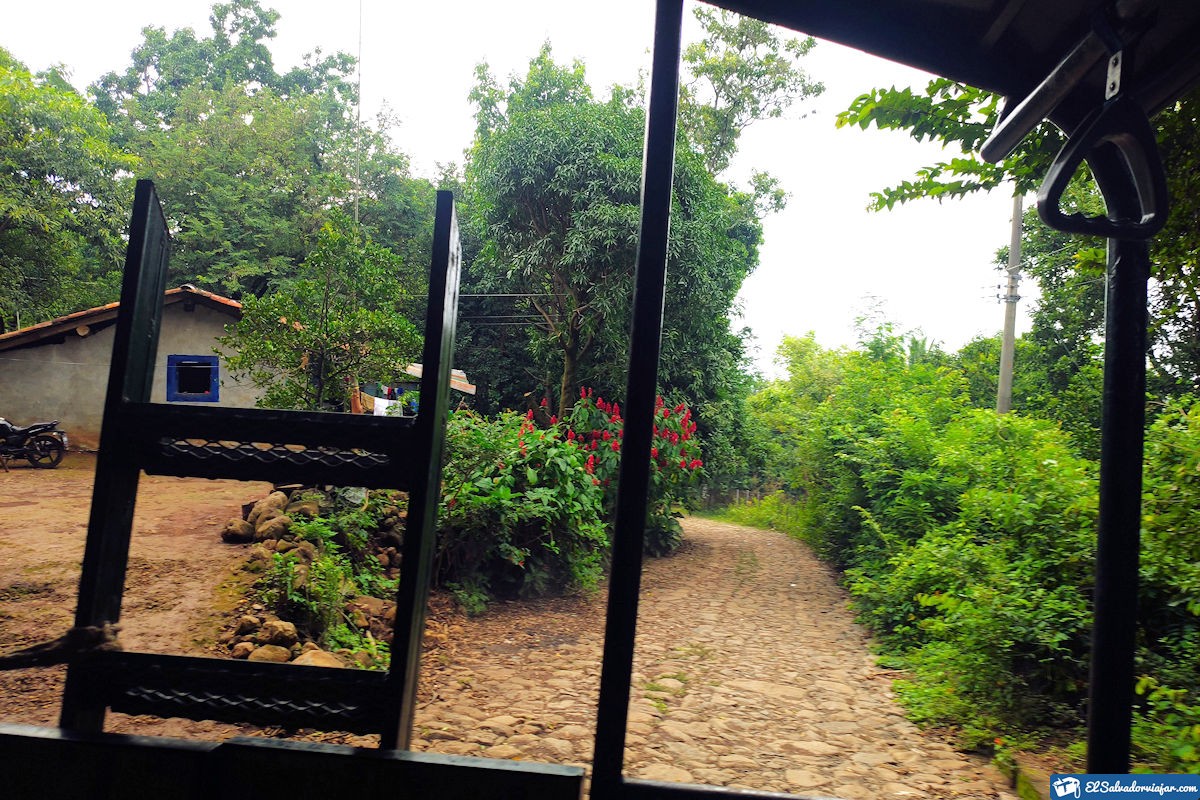
The fauna in the volcano area is varied, allowing visitors to observe some species of monkeys, such as the spider monkey, the white-tailed deer, and the unique Cotuza. This rodent only inhabits Central and South America.
Activities we can perform
The journey to any of the tips of the Conchagua volcano offers many opportunities to admire nature or hike in certain sections. Still, the most important is to climb up to the craters and enjoy the fantastic view from their viewpoints.
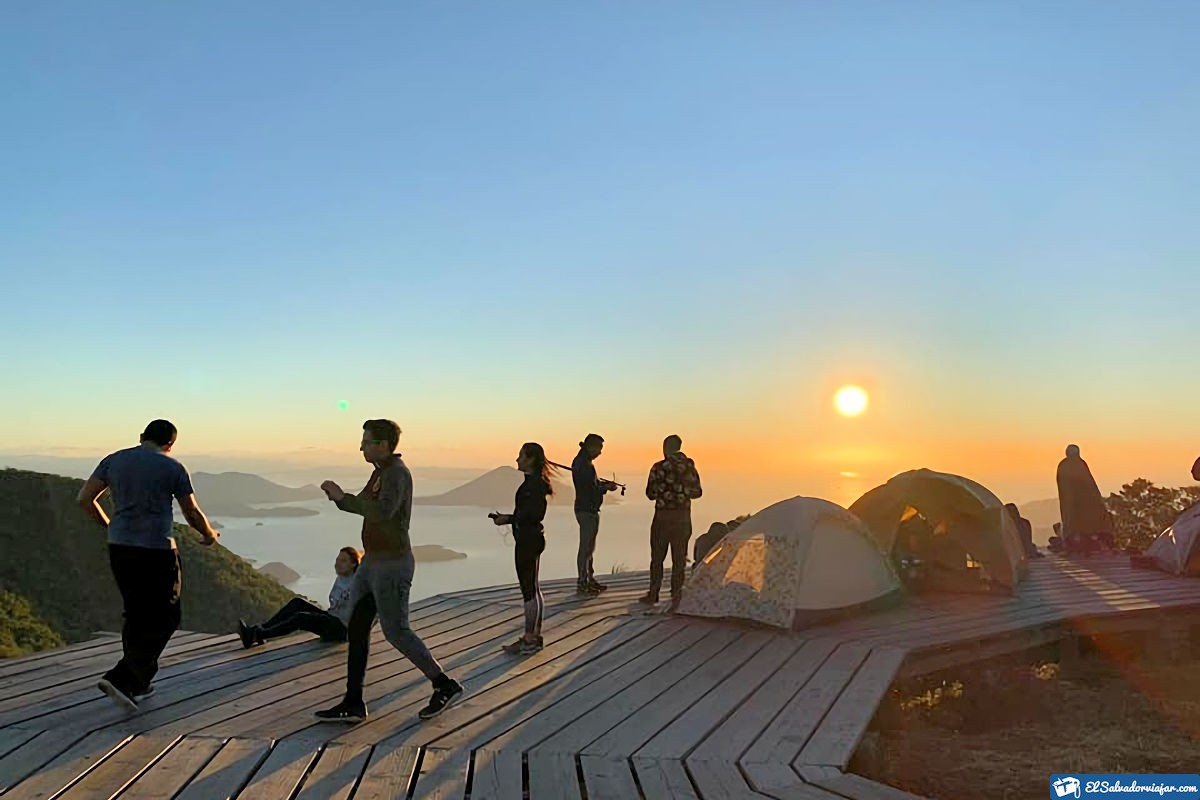
On the way up, there is a tower that serves as a lookout, from where you can see part of the gulf and the surrounding landscape; now, if you want to get to the top of the volcano, you must hire one of the four-wheel drive vehicles that provide transportation service to the summit.
The summit of Conchagua offers a camping area, so you can spend the night and watch the sunset or sunrise on the coast. You can also take advantage of the earlier and cooler hours to take morning walks and explore other viewpoints in the area.

Visitors say that every sunrise on Conchagua is such a beautiful and admirable spectacle that it is breathtaking.
The walk to the top of the volcano is advisable under the supervision of one of the companies that offer tours for greater security; however, it is optional. It is mandatory to notify the authorities of your intention to spend the night in the designated areas to obtain their authorization.
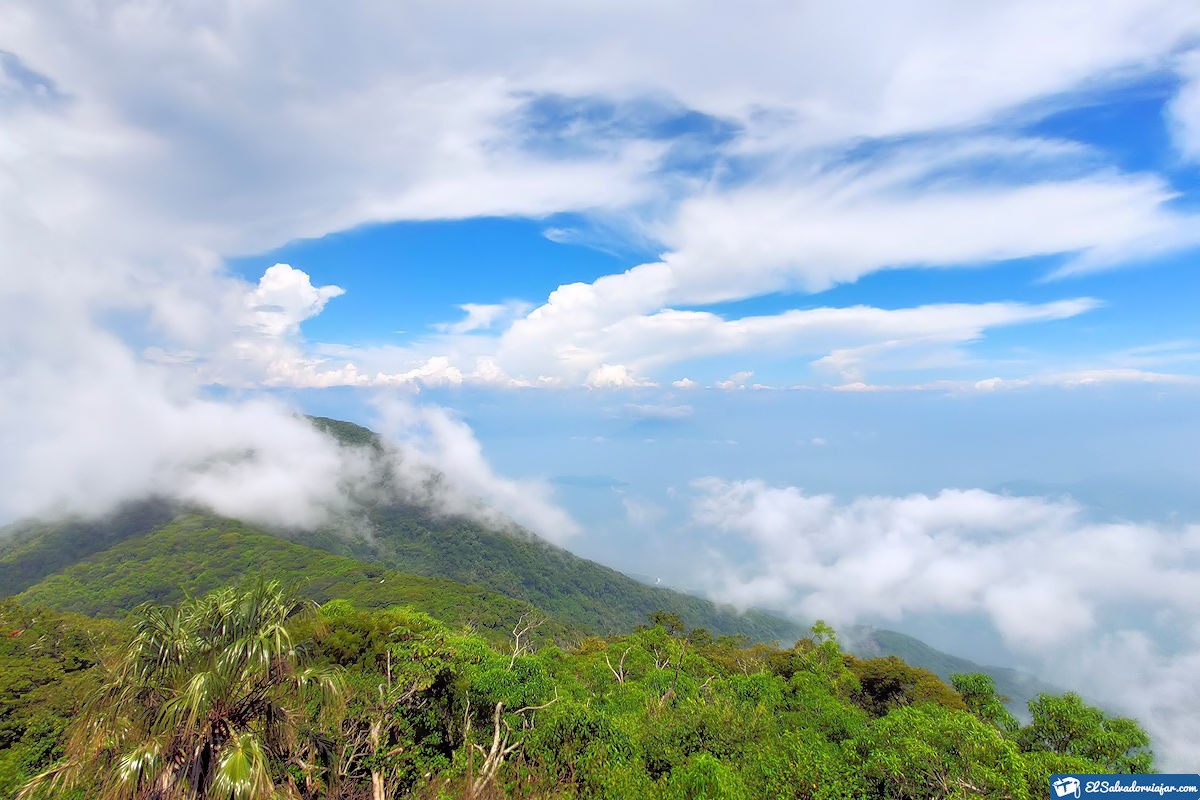
Another exciting activity is to visit the lava areas that have hardened over the centuries; however, it is only a simple activity; it can be educational for children and those curious to see and learn about the different types of volcanic rock.
Prices and visiting hours
CODECA controls access to the areas of the viewpoints and the summit. An entity that protects the surroundings; to enter the first area intended for camping, guards must open a gate. Although there is no fixed price stipulated, it is common for visitors to give a contribution to the service.
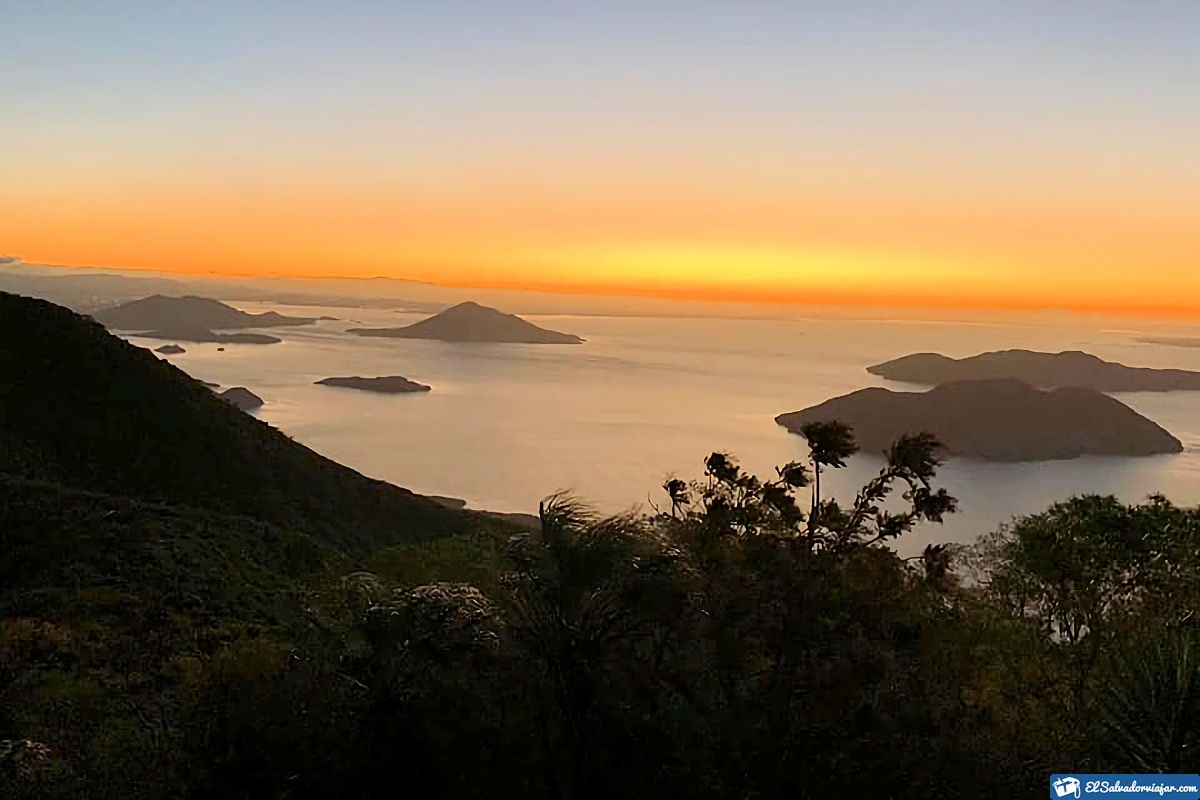
In any case, there is a private camping area at the top of the Conchagua Volcano, which includes a $10 round trip transportation service in a somewhat rustic truck adapted to the place’s terrain. The camping price is charged separately depending on the number of people, and it can be in a group or individually.
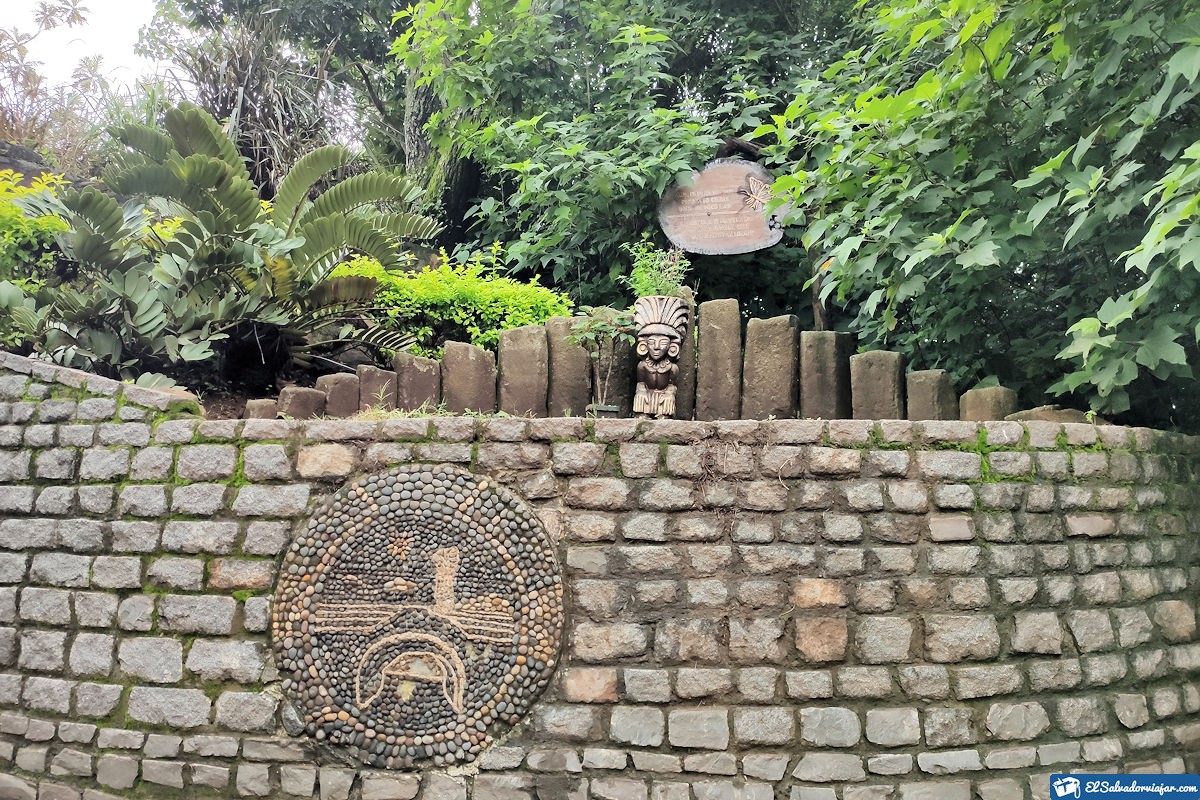
It is important to note that there is only drinking water and some other essential services such as toilets and a small shop with candy sales in these areas. Therefore, it is advisable to bring what you are going to consume, as well as a tent resistant to the strong winds of the place and what is necessary to spend the night more comfortably.
There is no fixed schedule of visits to the volcano beyond not allowing the transit of visitors during the night. Still, the tour companies do have it, so if you hire them, check their schedules on their respective websites or in the physical offices.
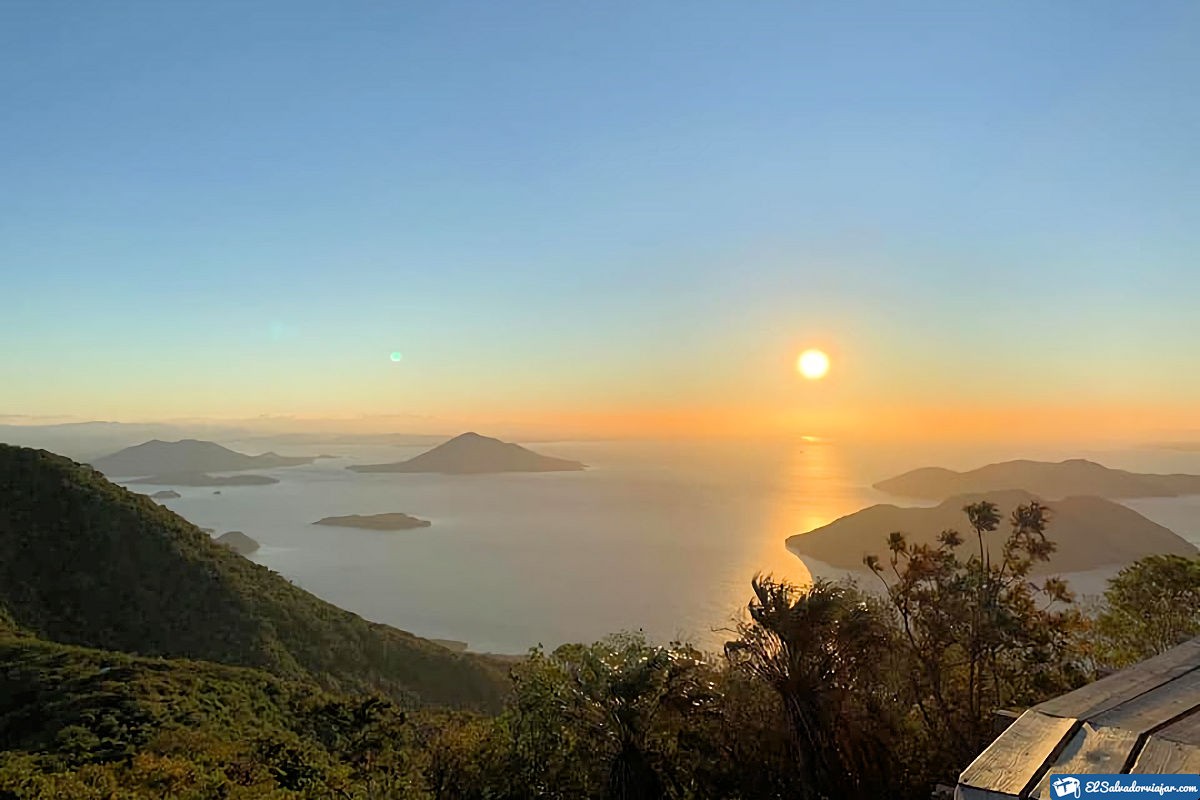
The Ministry of Environment of El Salvador has declared this volcanic complex a protected area. Therefore, taking care of the visited regions is necessary to preserve this Salvadoran natural heritage.
Nearby places to visit
Regardless of its closest tourist spots, the Octal and Banderas volcanic cones. You can enjoy some of the beaches of the municipality of Conchagua, such as Tamarindo, Playa Blanca, Playas Negras, El Jaguey, and Playitas, among many others, where you will find numerous local and local restaurants with fresh seafood to delight your palate.
At Las Tunas beach, you can stroll along the Estero El Encantado, watching the seagulls among the numerous mangroves and the local fishermen doing their work.
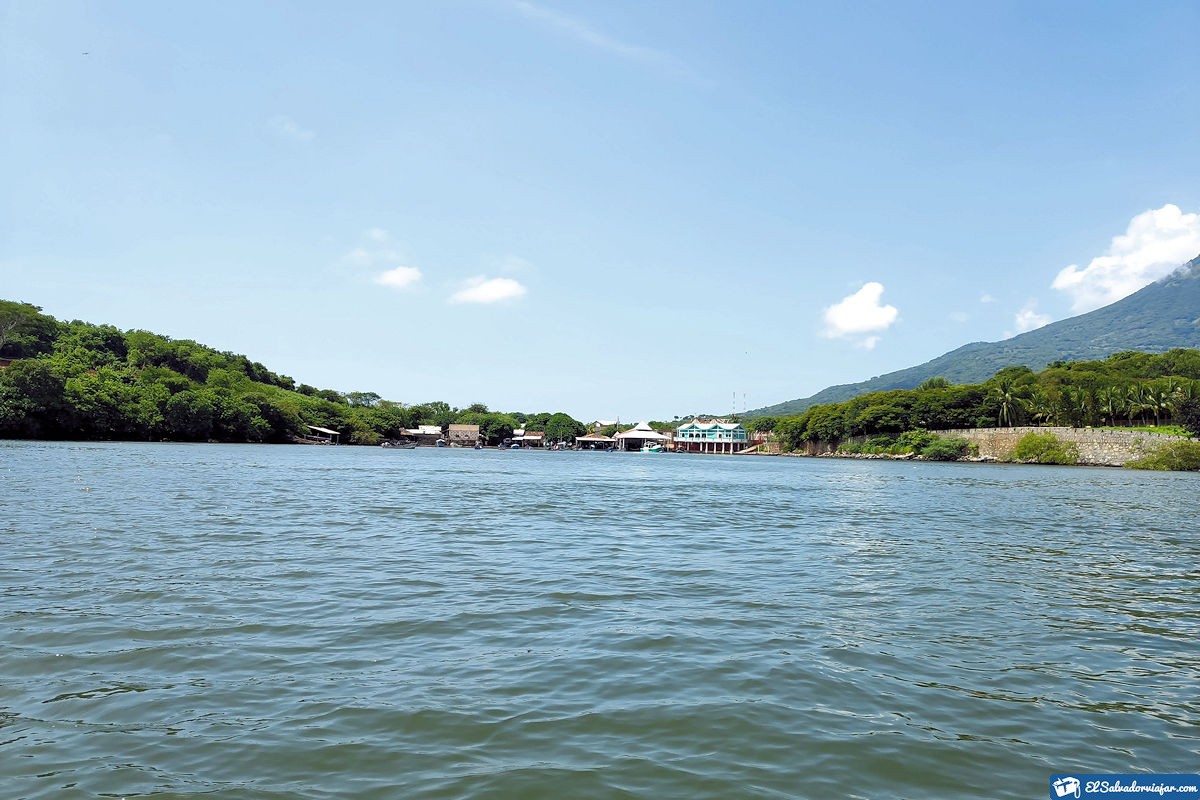
Suppose the weather is favorable and there is enough time to continue discovering attractions near the Conchagua Volcano. In that case, it is advisable to visit the historic center of the municipality and its beautiful colonial church, the oldest in El Salvador. Be sure to go to the Pupusodromo, in front of the central park, where you can taste the most exquisite pupusas scrambled outdoors in a pleasant family atmosphere.
Undoubtedly, it is worth traveling to Usulután and walking the path to the crest of this colossus of the coast of El Salvador and its surroundings, full of history, traditions, and unique and unforgettable landscapes. An unmissable tour!
